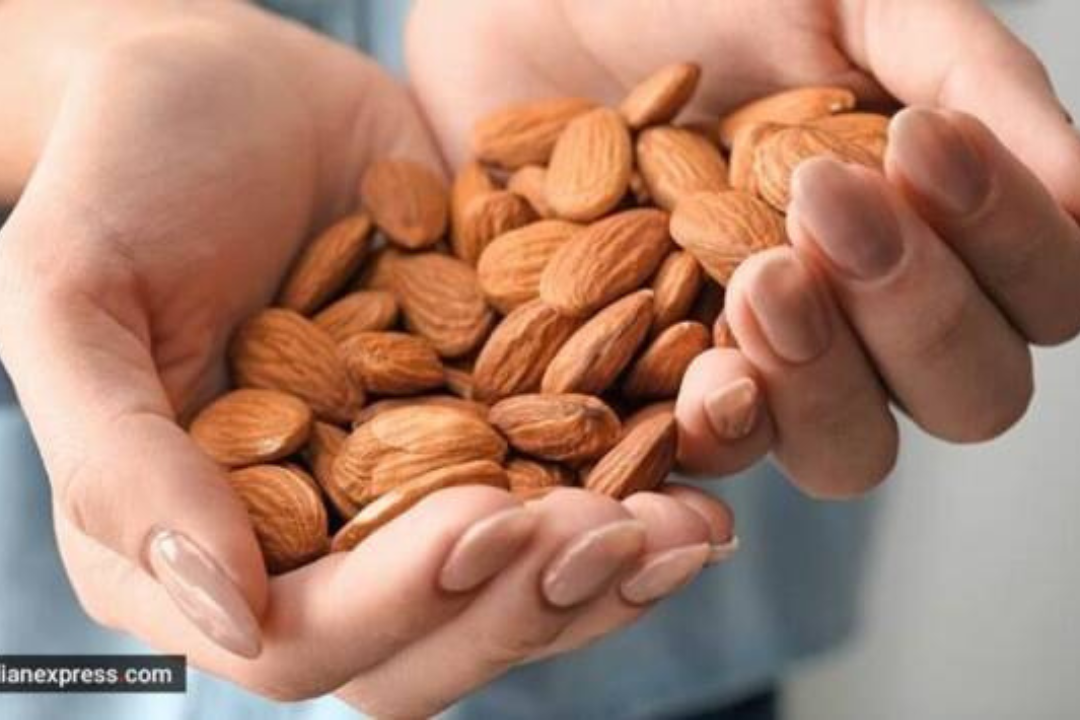Eating Raw Almonds Before Meals Reduces Glucose Spike

According to an article published in The Times Of India, new research throws light on one of the important dry fruits of the country on diabetes. If you consume twenty grams of almonds thirty minutes before every major meal, it can significantly reduce the spike in glucose in Asian Indians. When you incorporate twenty grams of glucose, it significantly decreases the PHG and improves insulin too. It also takes care of the C-peptide, improved glucose variability, glucagon levels, and glycemic parameters on CGMS too. The researchers have revealed that this is the first study that investigates the effects of pre-meal almonds on the parameters of glycemia.
How Many Almonds Must You Eat In A Day
Generally, many people consume about five to six almonds in a day and most prefer to have them during the mornings. Dr. Seema Gulati and Dr. Anoop Mishra recommend having twenty grams or about seventeen to eighteen almonds before each meal such as breakfast, lunch, and dinner.
Researchers have studied sixty participants between the ages of eighteen to sixty. This study included twenty-seven males and thirty-three females. This research excluded patients who had diabetes, advanced end-organ damage, acute infections, significant renal, a history of pancreatitis, liver disease, undergoing weight changing program, uncontrolled hypertension, or hypothyroidism.
The study revealed that when these people had twenty grams of almonds thirty minutes before each meal, there was a significant decrease in blood glucose, plasma glucagon, serum insulin, and serum-C peptide.

How It Works
When almonds are eaten thirty minutes before a meal, it stimulates the release of stored insulin thirty minutes prior to insulin release. This stimulates seventy-five grams of the oral glucose load. Researchers explain this primitive hypothesis as the priming of the pancreatic pump. The fiber in the almonds increases the viscosity of whatever the intestine carried. This brings a hindrance in the diffusion of glucose. Furthermore, the content of fat in it slows the process of gastric empty time. This brings a delay in the absorption of glucose.
Almonds contain high magnesium and zinc which stimulates the tyrosine kinase receptor within the adipose tissues. This helps in improving the sensitivity of insulin. The high mono-saturated fatty acid content in almonds also supports the increase of insulin sensitivity. This reduces hunger and builds a mechanism combining with PPHG to control glucose.
What Is The Purpose Of Raw Almonds
Generally, in households, people eat soaked almonds after peeling the brown cover. The white part is easier to chew and digest. However, this study state that one should eat raw almonds. When raw almonds are eaten, it retains their nutrient composition. Soaked almonds reduce the levels of antioxidants and nutrients which are present below the skin. When you peel the almond, these nutrients get peeled away too.
Should Everyone Eat Almonds
Almonds happen to be one of the healthiest foods. Researchers say that it has huge nutritional value. It also contains monosaturated fats and fiber which are useful for human health. It not only helps in controlling diabetes but also supports other biological functions too.











